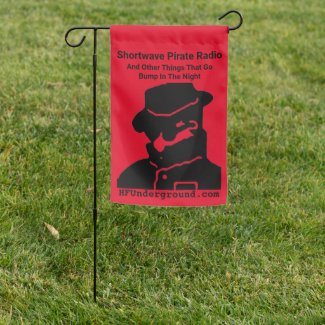Yes, last night 43 meters "went long" and was no longer open for NVIS. So there was a radius around Wolverine where it could not be heard well, while outside that radius, reception was much better, out to a maximum distance where the signal again became weak. So think of the area that could receive it as a donut shape. Had the transmission occurred much earlier, while NVIS was still possible, the reception area would be circular in shape.
When they switched to 4020 kHz, reception via NVIS was again possible on the east coast. I imagine a weaker signal was received at your location due to a number of possible reasons: more noise on lower frequencies, the station's antenna is lower (as a function of wavelength) at 4 MHz vs 7 MHz, so less of the signal is radiated at low angles favorable for DX, and the ionosphere is probably reflecting less of the signal at 4 MHz vs 7 MHz. I'm sure there additional reasons I've ignored

I would not consider your reception on 6950 as NVIS, rather just typical low angle DX.
EDIT: Also, what Skipmuck said

EDIT #2: I'd need to think about it some more but I suspect the condition of the ionosphere at the location(s) where the reflection(s) (OK, refraction) takes place is important, vs just at the transmitter site. For NVIS, this location is indeed right above the transmitter. For DX listeners it would be where the bounce takes place. Or multiple reflections if you are further away. And in that case, you have reflections off the ground as well. And those conditions probably matter. If a ground reflection occurs over a lake or ocean or other conductive surface, I imagine you get a stronger signal, vs over poor conductivity ground. Maybe this explains some of the fading we experience. As the height of the ionosphere changes, the geometry does as well, which could move the location(s) of those secondary ground and ionosphere reflections.



